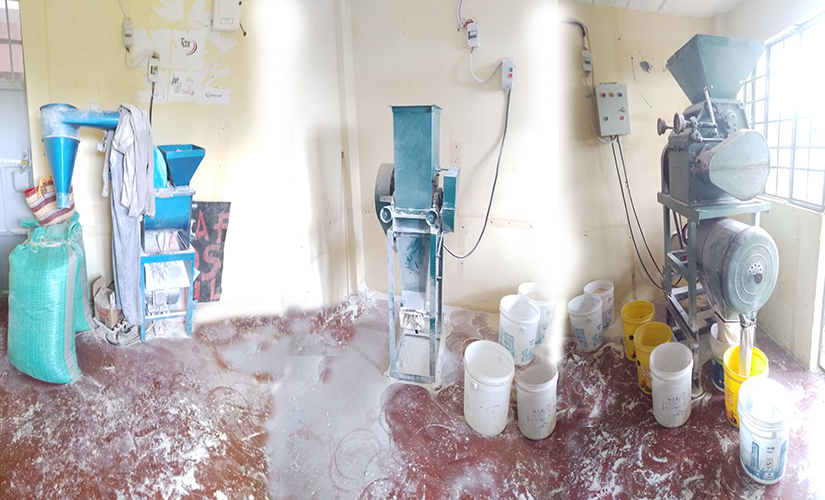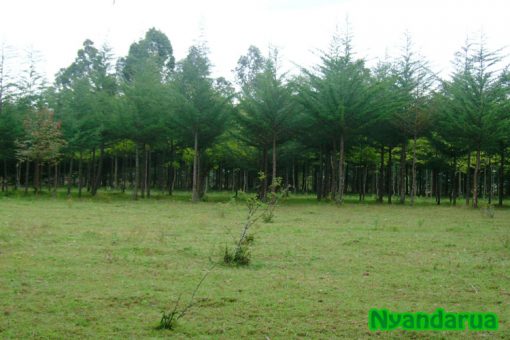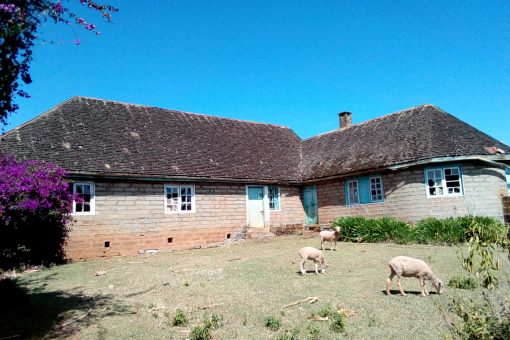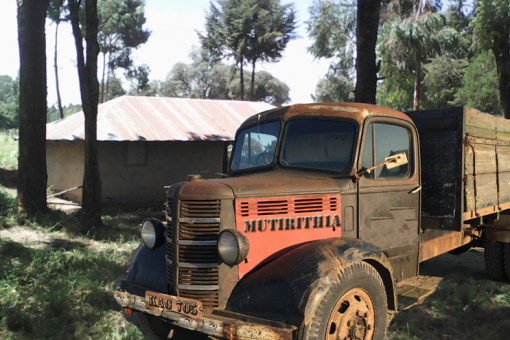With a bumper harvest like we just delivered to the Cereal Board, it was time for us to taste the fruits of our labor. We had a few bags of wheat left in our granary for our consumption. In those days, chapatis were not a common meal. In fact, most families only ate chapatis during Christmas.
But for us, after a wheat harvest, we took a debe or two at a time to be milled in the local posho mill owned by Mukurino, the local tycoon who seemed to own everything. His posho mill was powered by an old red tractor that was no longer in use for farming activities. There was a conveyor belt running on a pulley from the tractor engine to the motor that ran the mill. It took a few kicks to get the tractor running. The tractor spattered, whizzed, belched and rattled as the attendant struggled to get it running.
My brothers watched silently, crossing their fingers for the tractor to start otherwise they would return home with unmilled wheat, meaning no chapatis in the near future. The milling attachment for wheat was different from the one for maize. It was a special one and it was rarely used because there was not much demand for wheat milling. The boys stood guard as the attendant did his adjustments, and when ready, he asked them to pour the wheat onto the mesh tray. As it started milling, it was their job to gather the wheat on the mesh tray and channel it into the mill. They were happy to do it, the prospect of chapatis front and center in their minds. Nothing could break their spirit; now that chapatis were somewhere in their near future.
Our wheat flour was a very fine powder, just like the packaged EXE wheat flour from Unga Limited that was sold in the shops. As our wheat was milled in this not so modern mill, flour dust blew all over the poorly ventilated room. The diesel fumes from the tractor engine also filled the room. By the time they were finished and out of the mill, my brothers had flour in their hair, on their eyebrows, eyelashes and in their clothes and shoes. They looked like some creatures from outer space who also smelled of diesel fumes. It is a wonder any of them got girlfriends from the OlKalou area with such unflattering images in their youthful profiles. But one thing the boys had going for them as a bargaining chip is that the girls knew they ate chapatis, not just Christmas time, but other times as well, and that was a really big deal back in the day.
The wheat flour that was just milled was truly Whole Wheat, natural, wholesome, unbleached and obviously very healthy. Nobody cared about the healthy part, all we cared about was that it would turn into chapatis some day soon. Unlike EXE where the wheat germ and bran are removed, ours was the whole wheat grain milled into flour. That made our flour brown and it produced brown chapatis as well. I do not mean the brown you get from EXE ATTA flour, no, no, no, ours was a deep brown, you did not see any speck of white on the chapatis. Our chapatis were also very dense. You ate one and it settled in your stomach for a few hours. But since it was a rare food, my brothers’ teenage greed disregarded everything else and focused on how many chapos they could square away while ‘stocks lasted’. Who knew the next time they were going to have Chapos?




